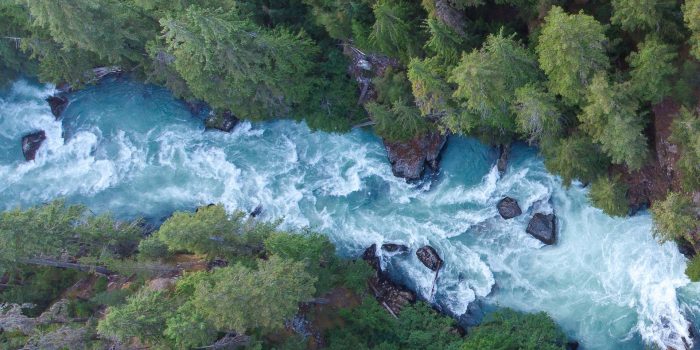A study in GeoScienceWorld Elements has revealed how water came to our Earth through a four-step process, and that the water you drink is nearly 4.5 billion years old.
It started with a cloud. That cloud was mostly hydrogen, with traces of helium, oxygen, and carbon. The oxygen in the cloud then came into contact with a dust grain. It froze and got attached to the surface.
The lighter hydrogen molecules then hopped around on the frozen dust grains until they came into contact with oxygen.
Through this interaction, water ice was formed. This is the first phase, called the cold phase.
Gravity started to act on the ice then and ice clumped in the center. As more mass fell into the center of the cloud, a protostar was born. Gravity turned to heat, and the gas and dust in the cloud reached 100 Kelvin (-280 Fahrenheit).

This triggered sublimation transforming the ice into water vapor. This was phase two: the protostar phase. At this point, all the water made was in the form of vapors.
There was a protoplanetary disk that carried within it everything that would eventually become the solar system’s planets.
At this stage, the water ice that formed in step one and was transformed into gas in step two goes back to being ice in the coldest reaches of the protoplanetary disk. Dust grains are once again covered in an icy mantle.
At the final stage, the Solar System began to resemble a more fully-formed system. Planets, asteroids, and comets started taking shape and placing themselves in their assigned orbits.
In these elements water in its current state was able to be found. It was abundant, free-floating, and ready to consume.
The authors in the new study conclude that between 1 and 50 percent of Earth’s water present today came from the initial phase of the Solar System’s introduction.

“The water in comets and asteroids (from which the vast majority of meteorites originate) was also inherited since the beginning in large quantities. Earth likely inherited its original water predominantly from planetesimals, which are supposed to be the precursors of the asteroids and planets that formed the Earth, rather than from the comets that rained on it,” write the authors in their conclusion.
The researchers are Cecilia Ceccarelli, an astronomer at the Institute for Planetary Sciences and Astrophysics in Grenoble, France, and Fujun Du. Ceccarelli, an astronomer at the Purple Mountain Observatory in Nanjing, China.


